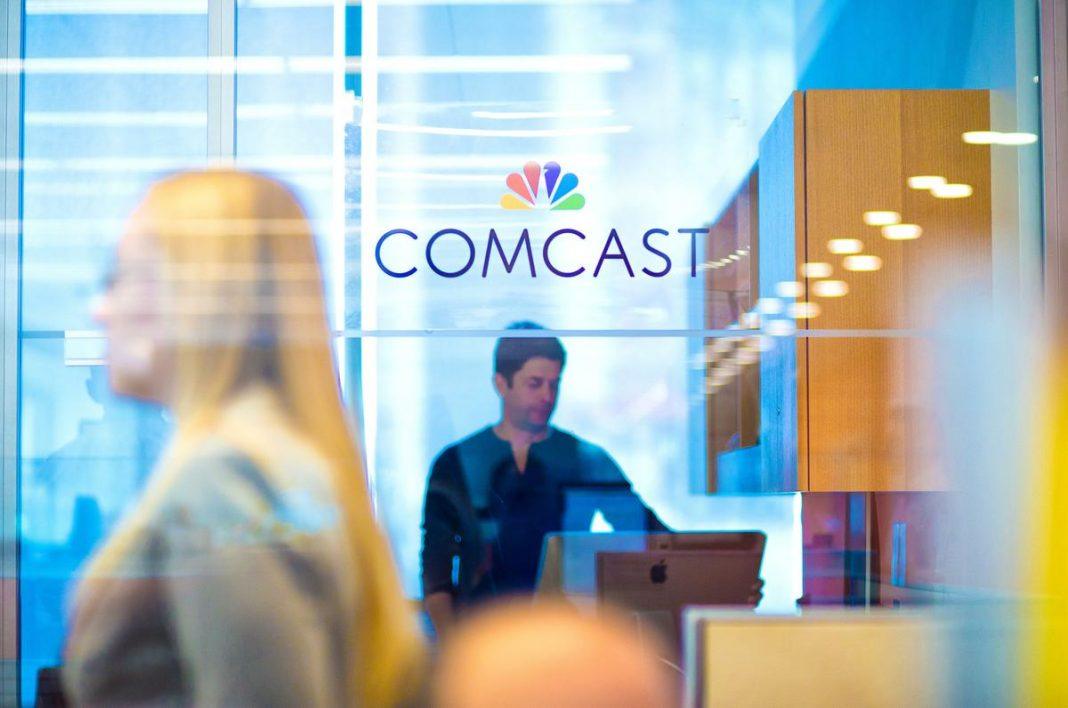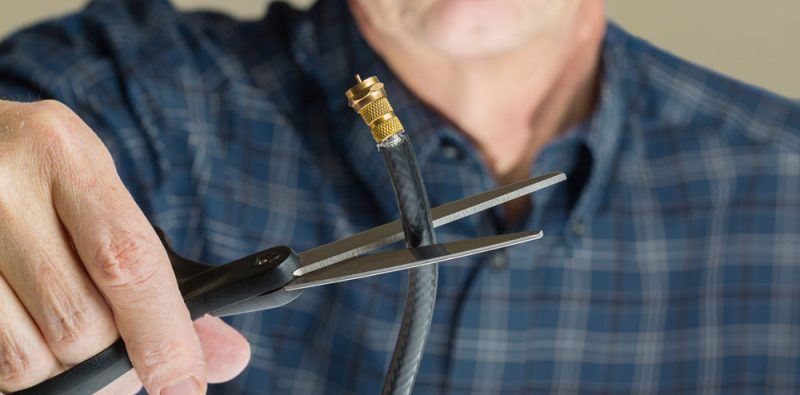
Comcast should have known that returning to bad customer service along with trying to force them into that additional $50 so they don’t get charged extra when their bandwidth usage mysteriously hits that 1TB cap would wind up hurting them.
It’s no secret that the media conglomerate has suffered from not so great customer service, but for a short period of time they seemed to have overcome that. After the latest stunt of customers suddenly seeing their broadband data usage jump three to four times their normal amount a few months ago, they’ve had enough. Many could put up with the service visits that wound up being a waste of time, but being pushed into an additional $50 a month is just a bridge too far.
We here at MTTG have had our own personal hell dealing with Comcast the past 7 months, and it has gotten rather nasty with their corporate ‘Comcast Cares’ department working hard to shirk their responsibilities.
Many will be familiar with our story as it started as with our internet going out regularly for no reason. We had 15 different service techs come out only to try something different and hope that fixed it. But within 24 hours the problem would return with the fix only making this even worse.
If we hadn’t continued calling them (even having to pester them on Twitter), they would have assumed the problem was fixed. We learned one thing that techs do is give you their phone number to contact them (but then they never contact you back) as that keeps their record clean. It seems that if a service tech comes to your house and doesn’t fix the problem and you call Comcast about that, they get a bad mark on their report. So, some will try to get you to call them instead of making it look like they’ll take care of you.
We wound up having 8 different service techs phone numbers. Each one promised that as the problem continued after several months, we would be reimbursed for all the problems that Comcast was causing us, but sadly, that was also a load of bull. We wound up getting #ComcastCares on Twitter, and they had a corporate person contact us.
That corporate person asked the problem, and we relayed everything, including how the Comcast Home Security we were paying for hadn’t worked for a full year while they continued charging us for it. It seems this didn’t go over well with Cheyenne S. in the Executive Customer Relations, and she tried to turn it into our fault. This only lets me realize how far Comcast cared anymore about their customers, and we’ve gotten numerous emails from other customers going through similar issues.
Thus, with so many options out there, Comcast should have realized that eventually treating your customers horribly would wind up biting you in the butt. And no, our problem was never fixed by Comcast as we enter month 8.
The cable company added TV customers last year for the first time in a decade. But on Thursday it posted its biggest quarterly cable-customer loss since 2014.
Research firm MoffettNathanson predicts that industrywide, traditional video subscriptions fell 3.4 percent in the third quarter. That would mean that people ditched their TV subscriptions at the fastest rate since online streaming started eating into cable’s business.
Partly to blame in the July-September quarter were the hurricanes that struck Texas and Florida, damaging poles, wires and other infrastructure and interrupting service for millions.
But Comcast and other cable and satellite TV companies also say competition from online sources of video is taking a toll.
Comcast is still making more money per customer, however.
Comcast video customers fell 125,000 in the third quarter, echoing trends from rivals AT&T and Verizon. AT&T’s traditional TV customers dropped 385,000, while Verizon posted its third straight quarter of video losses. If Verizon has a negative number for the year, it would be the first time since it started up a cable business over a decade ago.
This comes as Netflix, of course, has been streaming video for a decade, and Hulu almost as long. But there’s been a burst of original content from those services — Hulu picked up cachet with an Emmy for its original series “Handmaid’s Tale” in September — as well as on Amazon. HBO and other premium channels are available without any cable subscription.
And there’s now a plethora of cable replacement services that stream traditional TV channels, live, and cost less than traditional cable. The latest launched in April (YouTube TV) and May (Hulu’s version). Analysts estimate that these online versions of cable have picked up a few million customers in the past 2 1/2 years.
Prices are substantially lower than they are for traditional cable. Google’s YouTube TV costs $35 a month and includes a DVR and many popular networks (no CNN, TBS, HGTV or Discovery Channel, though); Sling starts at $20. AT&T is discounting its DirecTV Now to $10 for customers with unlimited AT&T wireless plans.
Comcast is offering some cheaper, skinnier packages, but isn’t going to “chase unprofitable video subs,” said Comcast cable executive Matt Strauss at a recent investor conference.
Comcast added 214,000 broadband customers, down from 330,000 in last year’s quarter. That was also hurt by the storm.
Still, the company’s average revenue per customer rose 2 percent, to $151.51, from a year ago. Customers are taking more services, like DVRs, and Comcast raised its prices.
New Street Research analyst Jonathan Chaplin expects that internet prices, in particular, are going to rise across the industry.
On a call with analysts Thursday, CEO Brian Roberts said that “as the market for video shifts,” Comcast’s “broadband business is increasingly the epicenter of our relationship with customers and ultimately where derive the majority of our profitability.” He added that Comcast was still “committed” to video.
In Comcast’s NBCUniversal unit, the bonanza from last year’s Olympics weighed on this quarter’s results. Revenue dropped 13 percent to $8 billion. The company says that when results are adjusted to exclude the Olympics, revenue from its cable networks and broadcast networks, NBC and Telemundo, both rose. Films were flat, and revenue from theme parks grew nearly 8 percent to $1.55 billion.
Overall, the Philadelphia company’s net income rose 18.5 percent to $2.65 billion. Revenue fell 1.6 percent to $20.98 billion.
Comast shares slipped 11 cents to $36.72 in afternoon trading.


